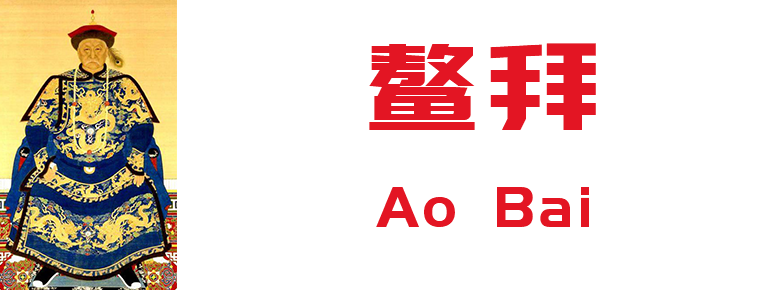2019-05-07

- By ChinaWiki.net
- Chinese Edition
- 2020-12-12
National characteristics of Chinese embroidery
Nationality is the distinctive feature of Qinghai Folk Embroidery. In the long process of development, Qinghai embroidery has formed its own unique style. Due to the consistency of language, religious belief, festival etiquette, culture and entertainment, the content and form of living customs and habits and hobbies, a nation must reflect its unique spirit and consciousness in folk art, especially embroidery, which is closely related to people.
Because of their belief in Tibetan Buddhism, Tibetan and Mongolian embroidery mostly reflects religious contents such as auspicious eight treasures, lion like Ruiyun, and quite a number of embroidery directly serve religion.
Puyang embroidery
Embroidery is a traditional folk craft in Puyang, and the needling techniques used in Puyang embroidery are all traditional techniques of song embroidery. People who are ignorant of embroidery on both sides of the Yellow River are not familiar with embroidery. Embroidery can be seen from the eyes, such as children's shoes and hats, bellybirds, shields, etc. among them, the drama clothing produced by sun Zejiang has a high reputation in Northern Henan for its exquisite workmanship, gorgeous design and exquisite embroidery.
Tibetan embroidery
Tibetan embroidery absorbs the composition technique of Thangka and learns the skill of Han nationality embroidery. The embroidery pays attention to the ornamental value and pursues the shallow relief and magnificent artistic effect. Tibetan embroidery is highly decorative. Many patterns are skillfully combined into a harmonious layout of intertwining and mutual knotting, reflecting the national character of unity, fraternity and non separation.
Miao embroidery
Embroidery, like batik, is one of the most important decorative means of Miao costumes. The concept of embroidery is to use silk thread, wool thread or colored cloth to form patterns by needling and sewing nails on various materials and cloth germs.
Miao rust is mainly used in the decoration of turban, collar, sleeve waist, cuff, shoulder, back, pendulum, belt, waistband, skirt, leg wrap, shoes and bib.
There are 12 kinds of embroidery techniques: flat embroidery, peach blossom embroidery, lock embroidery, pile flower embroidery, cloth sticking, seed embroidery, broken thread embroidery, nail thread embroidery, braid embroidery, tin embroidery, horsetail embroidery, etc.
summary
Folk embroidery is permeated with the wisdom and good wishes of countless women. The spring breeze is full of blazing vitality and beautiful emotions. The needle and thread in the hand of a skillful embroiderer is like the brush and ink painting in the painter's hand. She can embroider brilliant and exquisite pictures, express her personality, and show the cultural features and artistic achievements of different times.
Early embroidery focused on practicality, until the emergence of textiles, embroidery art has been greatly developed, and folk embroidery has become more active. With the continuous development of various kinds of embroidery, women's needlework has been developed to meet the needs of various kinds of embroidery.
Ask a Question
Your email address will not be published.



0 Questions